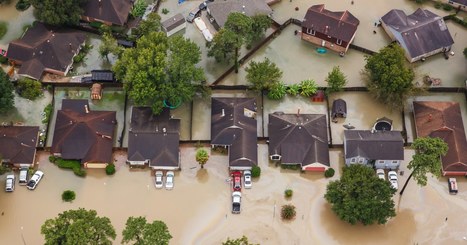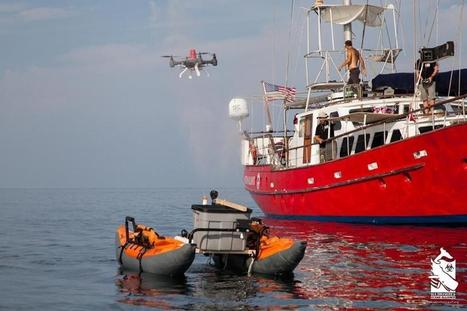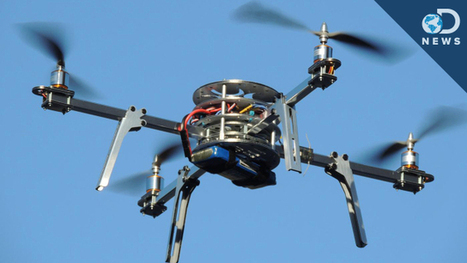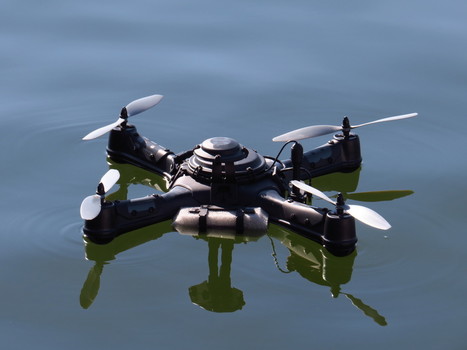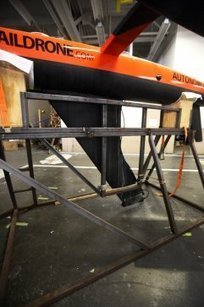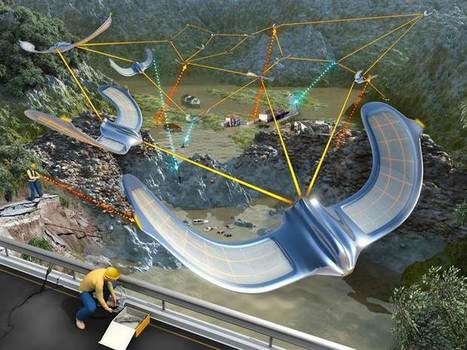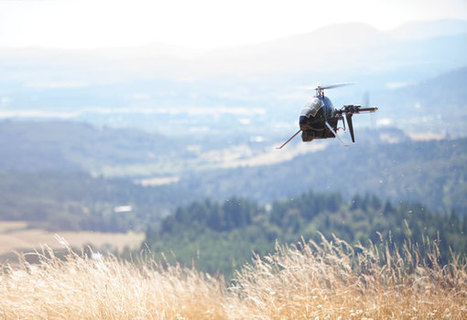Newly licensed operators are getting to work.
Get Started for FREE
Sign up with Facebook Sign up with X
I don't have a Facebook or a X account
 Your new post is loading... Your new post is loading...
 Your new post is loading... Your new post is loading...

Donald Rodriguez's curator insight,
August 15, 2014 6:51 PM
Quickly becoming the 21st century management tool
Dylan Ellis's curator insight,
February 22, 2014 3:01 PM
POSTED BY DYLAN ELLIS: Hey Gang,
I was with Ron Marotto, of the Ventura County Watershed Protection District, who is the Supervising Hydrographer of Watershed Resources and Technology Division, on 2/21/2014 in Sycamore Canyon testing a DJI Phantom II Quadracopter for base-map imaging of the new county rain gauge installed this past weekend. This is a revolutionary piece of equipment that has very wide policy implementation implications and cost saving incentives associated with it. This is Gabriel's (Ron's colleague in the video) personal quadcopter but the county is currently working on a proposal for a $15,000 DJI S800 that has 6 blades, a 50 pounds carrying capacity for field research and mapping. This bigger model can create entire DEM (digital elevation model) maps as well as spectral reluctant infrared maps just from visible light video camera flybys of watersheds and their waterways. Full longitudinal and cross-sectional data can be completed in an hour of fly time and computer data work. If you have ever surveyed a cross-section then you know this is a multi-day project. Policy implications are poised towards high cost savings associated with expedited mapping process. Ron said that a single airplane base-image run costs around $15,000, again for a single image. This means millions of dollars of savings in a single year alone for mapping and surveys of watersheds. When this technology is spread to different divisions and departments of the government then that figure could multiply into the billions. I hope you enjoy the theatricality.
-Dylan |

Jorge Cruz Silva's curator insight,
September 11, 2014 3:01 PM
La legalidad de los drones no permite que varias iniciativas de importancia social y científica despeguen. |




